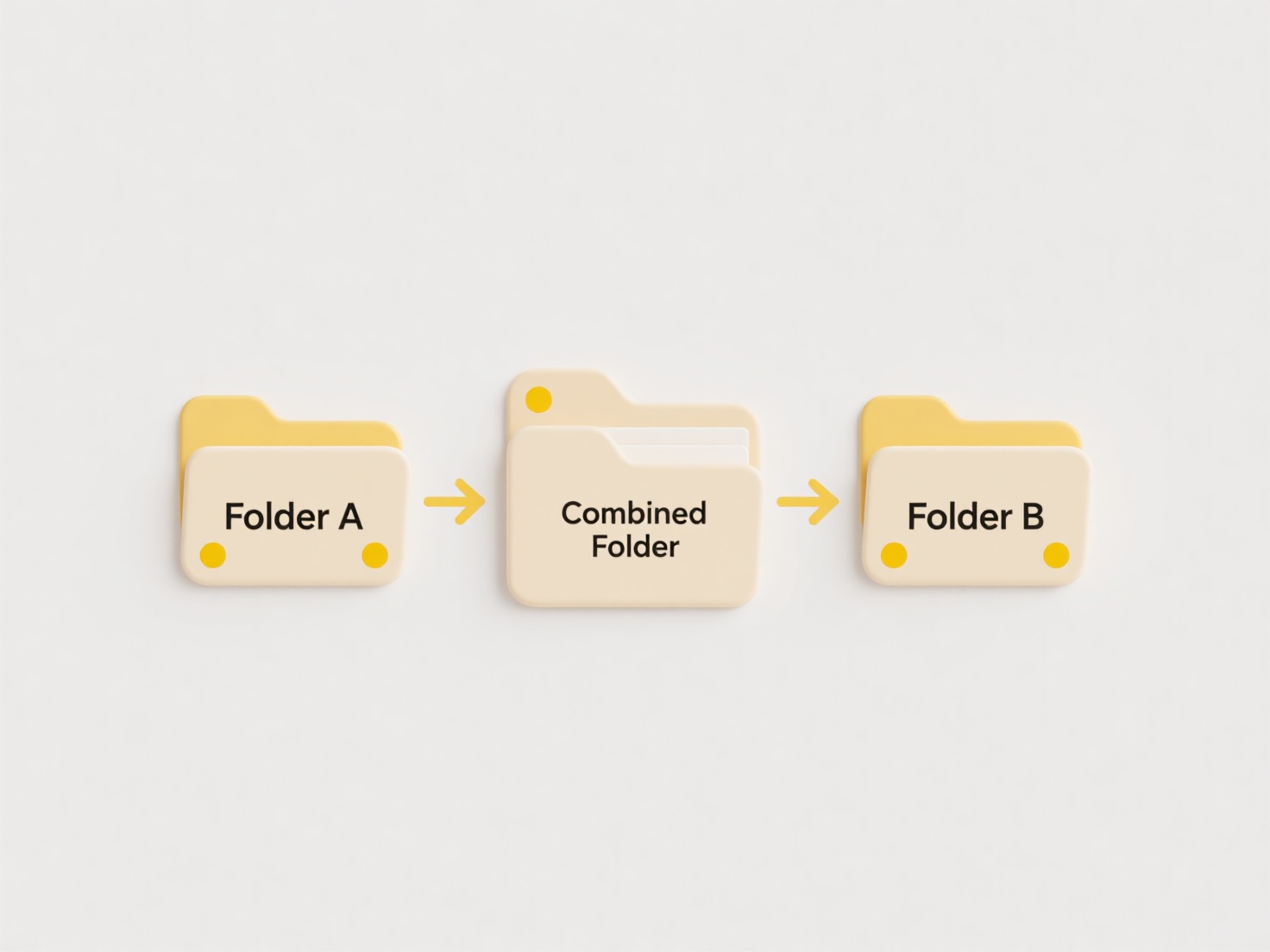
File naming standardization involves establishing consistent rules for naming files within a project. This creates predictable, meaningful filenames instead of random or inconsistent ones. It differs from simply organizing files into folders by focusing specifically on the text of the filename itself, making content easier to identify, locate, and manage at scale without relying solely on directory structure. Key elements include fixed order for information like date, project code, content type, author initials, and sequential version numbers.

Common examples include using the format "YYYYMMDD_ProjectName_DocumentType_Author_V01.pdf" for internal project documents, ensuring everyone instantly understands the date, project, and draft stage. In digital photography, a standard might be "EventName_SequenceNumber_DescriptiveTag.raw" (e.g., "ProductLaunch_001_HeroShot.raw"), facilitating sorting and retrieval during editing. Software development teams often enforce naming for source code files and assets to match module or function names.
Standardization significantly improves team efficiency, searchability, and reduces errors caused by confusion over filenames or outdated versions. However, establishing and enforcing rules requires upfront agreement and ongoing discipline; overly complex rules can hinder adoption or prove brittle if project needs change. The initial effort provides substantial long-term benefits in productivity and reduces time spent managing disorganized files, making it critical for project success. Future developments may involve more automated tools for enforcing and generating compliant filenames.
How do I standardize file names across a project?
File naming standardization involves establishing consistent rules for naming files within a project. This creates predictable, meaningful filenames instead of random or inconsistent ones. It differs from simply organizing files into folders by focusing specifically on the text of the filename itself, making content easier to identify, locate, and manage at scale without relying solely on directory structure. Key elements include fixed order for information like date, project code, content type, author initials, and sequential version numbers.

Common examples include using the format "YYYYMMDD_ProjectName_DocumentType_Author_V01.pdf" for internal project documents, ensuring everyone instantly understands the date, project, and draft stage. In digital photography, a standard might be "EventName_SequenceNumber_DescriptiveTag.raw" (e.g., "ProductLaunch_001_HeroShot.raw"), facilitating sorting and retrieval during editing. Software development teams often enforce naming for source code files and assets to match module or function names.
Standardization significantly improves team efficiency, searchability, and reduces errors caused by confusion over filenames or outdated versions. However, establishing and enforcing rules requires upfront agreement and ongoing discipline; overly complex rules can hinder adoption or prove brittle if project needs change. The initial effort provides substantial long-term benefits in productivity and reduces time spent managing disorganized files, making it critical for project success. Future developments may involve more automated tools for enforcing and generating compliant filenames.
Related Recommendations
Quick Article Links
Why are my file names duplicated with a timestamp or hash code?
Filename duplication with timestamps (like "report_20230715_142356.txt") or hash codes (like "file_ab34e1d9.txt") occurs...
How do I rename shared documents after collaboration?
Renaming shared documents after collaboration refers to updating the file name of a document jointly edited by multiple ...
Can I search only within system folders?
Searching only within system folders refers to querying for files or information exclusively within directories critical...